Are you ready to embark on your journey as a cinematographer?
Well, here’s an interesting statistic to get you started: did you know that even smartphones can be used for filmmaking? That’s right!
In this article, our videographers at WeMOV walk you through the essential film equipment that every aspiring cinematographer needs.
From cameras and lenses to sound equipment, camera stability tools, lighting equipment, and post-production necessities, we’ve got you covered.
We’ll help you navigate the overwhelming choices when it comes to cameras, explore cost-effective options for sound quality, delve into camera stability with tripods and gimbals, discuss lighting equipment, post-production tools, and even touch on the importance of a durable camera bag.
So, let’s dive in and equip yourself with the tools to bring your cinematic visions to life!
Table of Contents
Key Takeaways
-
Camera choice depends on project type and intended display
-
Lenses capture footage from different perspectives
-
Sound quality is crucial in filmmaking
-
Basic lighting equipment is essential
Camera Equipment
To capture high-quality footage, you’ll need a variety of camera equipment.
The first essential piece is the video camera itself. The choice of camera depends on the type of project and how it will be displayed. Believe it or not, even smartphone cameras can be used for filmmaking. In fact, Sean Baker shot the critically acclaimed film ‘Tangerine’ entirely on an iPhone.
Camera costs can range from as low as $100 to tens of thousands of dollars. However, sophisticated models can be found for around $2,000.
Along with the camera, lenses are crucial for capturing footage from different perspectives. For beginners, wide-angle, zoom, and macro lenses are recommended. Lens costs vary depending on quality, with basic lenses starting at around $30.
Sound Equipment
When it comes to capturing high-quality footage, having the right camera equipment is essential. Now, let’s move on to the next important aspect of filmmaking – sound equipment.
-
Microphones: Sound quality is crucial in filmmaking, and lavalier microphones are a cost-effective option. Decent lavalier microphones start at $30 and can be easily attached to clothing for clear audio capture.
-
Portable Recorders: Portable recorders are another essential sound equipment. They start at around $100 and provide high-quality audio recording on the go. They’re convenient for capturing dialogue, ambient sounds, and other audio elements.
-
Boom Poles: Boom poles are used to position microphones close to the actors, capturing their dialogue with clarity. They range in price, starting at around $50, and are essential for achieving professional sound quality in your films.
Having the right sound equipment is crucial for ensuring that your audience can fully immerse themselves in the world you create on screen. Invest in quality microphones, portable recorders, and boom poles to capture clear and immersive audio for your films.
Camera Stability
You’ll need a tripod or a gimbal for stable shots while filming.
A tripod is essential for static shots, providing stability and eliminating camera shake. Basic tripods are available at affordable prices, starting at around $125.
If you require more fluid movement, a gimbal is the way to go. Gimbals stabilize the camera while allowing for smooth panning and tracking shots. They’re ideal for shooting action sequences or capturing dynamic movement. Basic gimbals can be found for around $200.
When choosing between a tripod and a gimbal, consider the type of shots you’ll be capturing and your budget. Both options are valuable tools for achieving professional-looking, stable footage.
Lighting Equipment
One essential piece of equipment for every cinematographer is a proper lighting setup. To achieve professional-looking footage, you need to have control over the lighting conditions on set.
Here are three essential lighting equipment items to consider:
-
LED Lights: LED lights have become popular for their cooler temperature and energy efficiency. LED panels are a great choice as they start at around $250 and can produce a softer light when using larger panels.
-
Reflectors: Reflectors are versatile tools that manipulate natural light. They can be used to diffuse, fill, or flag light. Five-in-one reflectors are a cost-effective option, starting at about $13.
-
Light Stands: Light stands are crucial for positioning and securing your lights. They come in various sizes and types, including C-stands and tripod-style stands. Prices for light stands start at around $30.
Investing in these lighting equipment essentials will help you create the desired look and mood for your film projects.
Post-Production Equipment
To complete your film projects, it’s important to have the necessary post-production equipment.
First and foremost, you’ll need a computer for footage organization and basic editing. Macs are commonly preferred in the filmmaking industry, but used Macs can be found for as low as $300, while used PCs can be found for under $200.
As for editing software, there are free options like iMovie for Mac users, but popular choices include Final Cut Pro and Adobe Premiere Pro. Final Cut Pro costs $299 as a one-time purchase, while Adobe Premiere Pro starts at $20.99 per month.
Additionally, you’ll need external storage for your video footage. Cloud storage can be costly, so it’s recommended to invest in external hard drives. Two external hard drives are recommended: one for primary storage and another for backup. A 5T WD My Passport external hard drive, which can store up to 5 terabytes, costs $109.
Computer
For editing your film projects, a computer is an essential tool. Here are three important considerations when it comes to choosing a computer for your filmmaking needs:
-
Performance: Look for a computer with a powerful processor and sufficient RAM to handle the demands of video editing software. A quad-core processor and 8GB of RAM are recommended for smooth editing.
-
Storage: Video footage takes up a lot of storage space, so it’s important to have ample storage capacity. Consider getting a computer with a large internal hard drive or invest in external hard drives for additional storage options.
-
Operating System and Software Compatibility: Macs are commonly preferred in the filmmaking industry due to their stability and compatibility with professional editing software like Final Cut Pro. However, PCs can also be used, especially if you’re on a tight budget.
Remember to choose a computer that meets your specific editing needs while staying within your budget.
Editing Software
When it comes to editing your film projects, selecting the right editing software is essential for achieving professional results. There are several popular options available, each with its own set of features and capabilities.
One widely used editing software is Final Cut Pro, which is exclusive to Mac users and costs $299 as a one-time purchase.
Another popular choice is Adobe Premiere Pro, which starts at $20.99 per month and is compatible with both Mac and PC. Both of these software programs offer a wide range of editing tools, including timeline editing, color grading, and audio mixing.
Ultimately, the choice of editing software will depend on your specific needs and preferences, as well as your budget. It’s important to research and test different options before making a final decision.
Storage and Camera Bag
Now let’s delve into the important aspects of storage and camera bag that you need to consider for your filmmaking journey.
-
External Storage: As a cinematographer, you’ll be capturing a significant amount of video footage, which requires ample storage space. Investing in external hard drives is essential for storing and organizing your footage. Consider having two external hard drives: one for primary storage and another for backup. WD My Passport external hard drives are a reliable option, offering up to 5 terabytes of storage capacity.
-
Camera Bag: Protecting your valuable equipment is crucial, and a durable camera bag is a must-have accessory. Look for camera bags with compartments to keep your gear organized and secure during transport. You can find no-frills camera bags with compartments starting at around $60.
-
Equipment Protection: In addition to a camera bag, it’s important to take extra precautions to protect your equipment. Consider investing in lens cases, camera covers, and lens cleaning kits to prevent damage and maintain the longevity of your gear.
Conclusion
In conclusion, as an aspiring cinematographer, having the right film equipment is essential to bring your cinematic visions to life.
From cameras and lenses to sound equipment, camera stability tools, lighting equipment, and post-production necessities, each component plays a crucial role in creating high-quality films.
Remember to consider various options and price ranges, including the surprising versatility of smartphones in filmmaking.
With the right equipment and your artistic vision, you’ll be well on your way to capturing stunning footage and making your mark in the world of filmmaking.








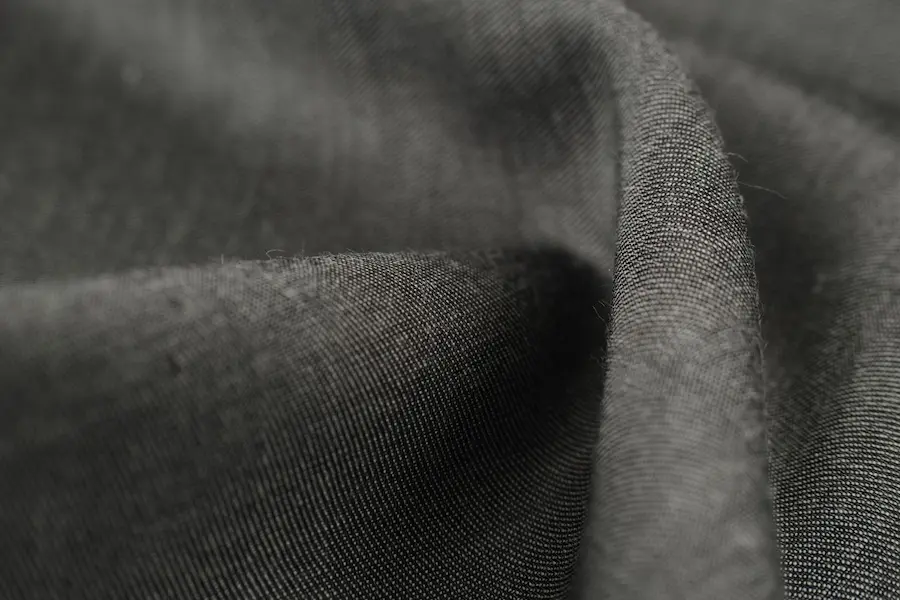


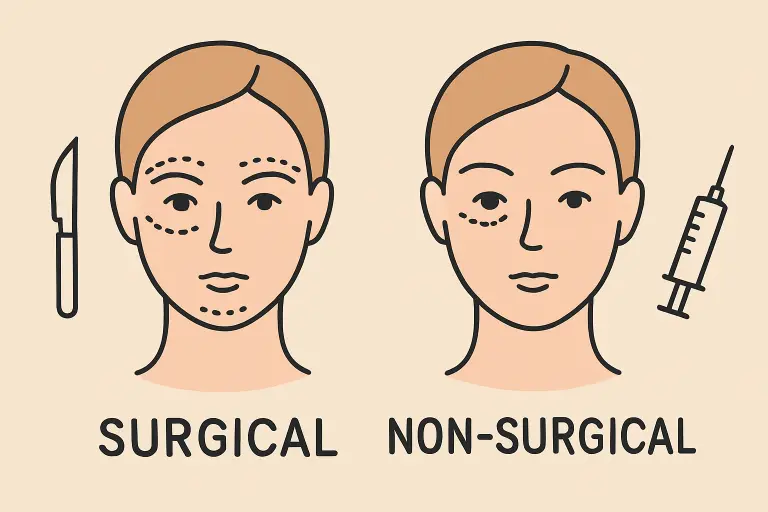
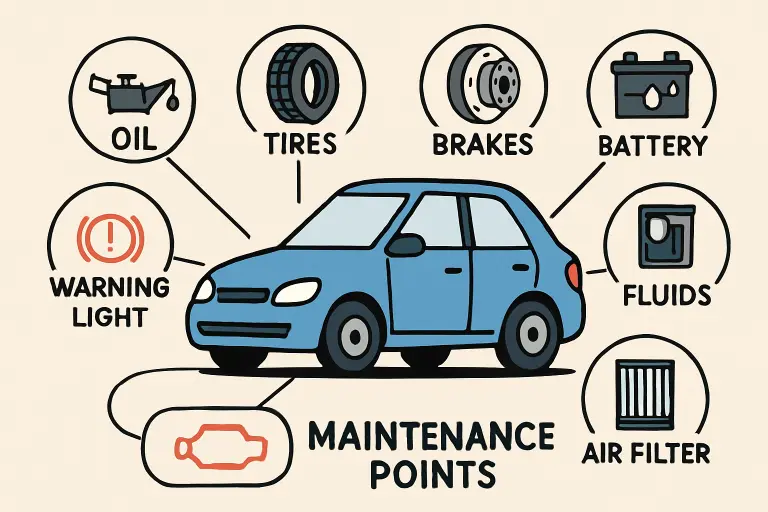
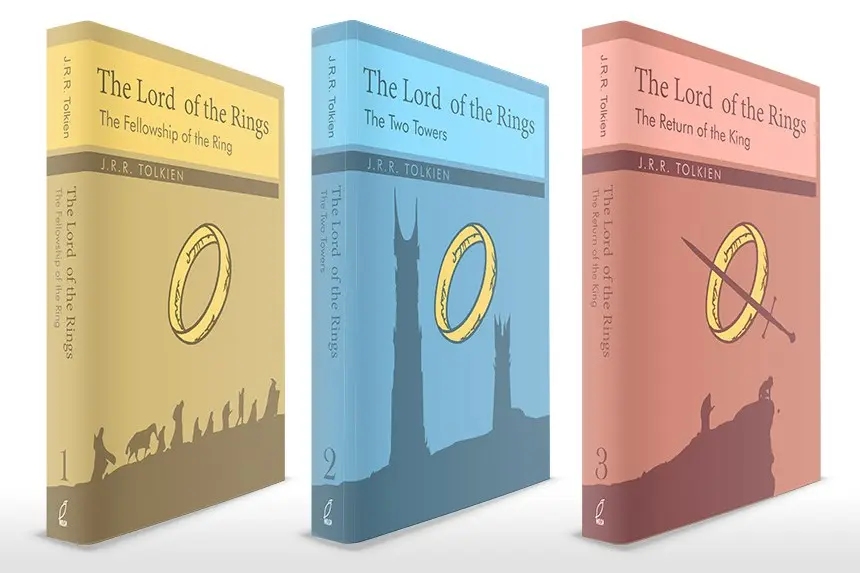

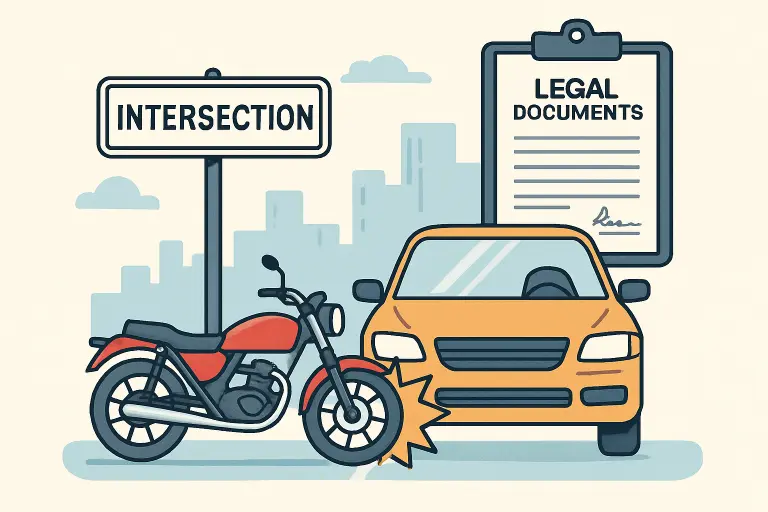








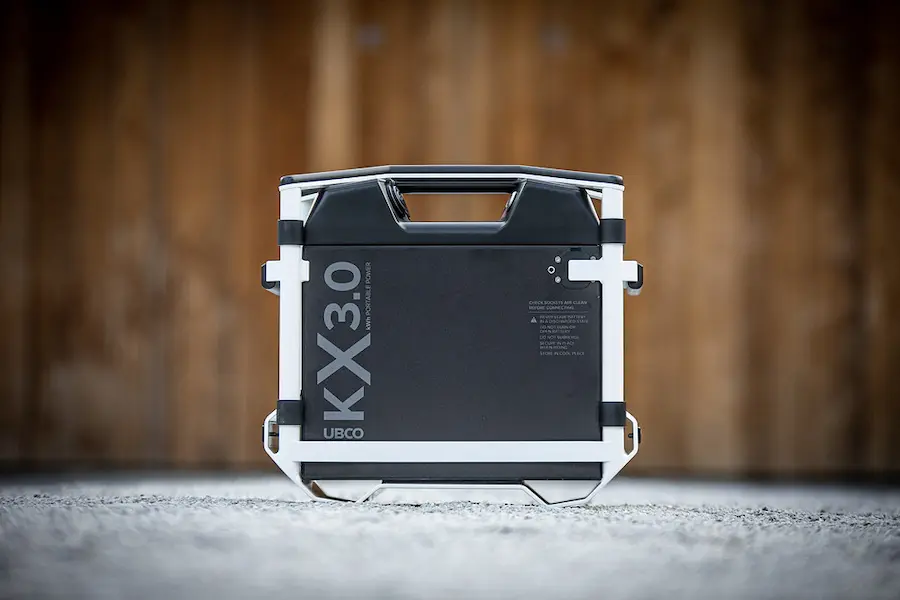
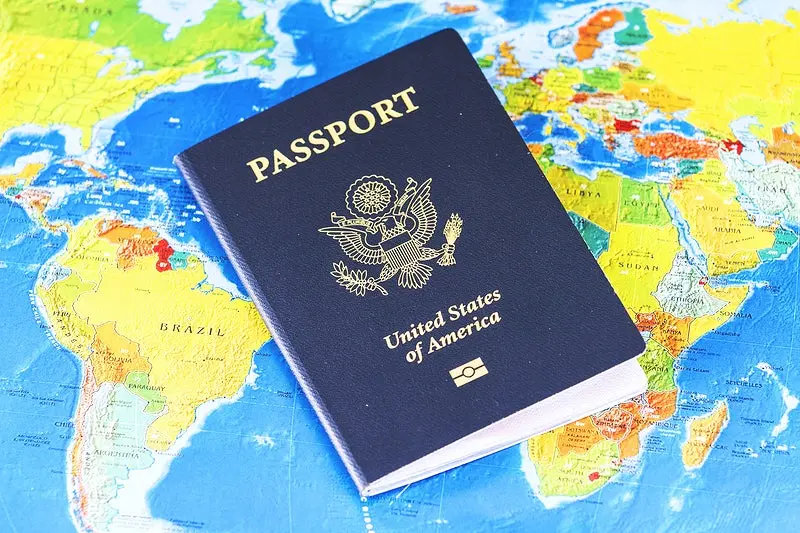
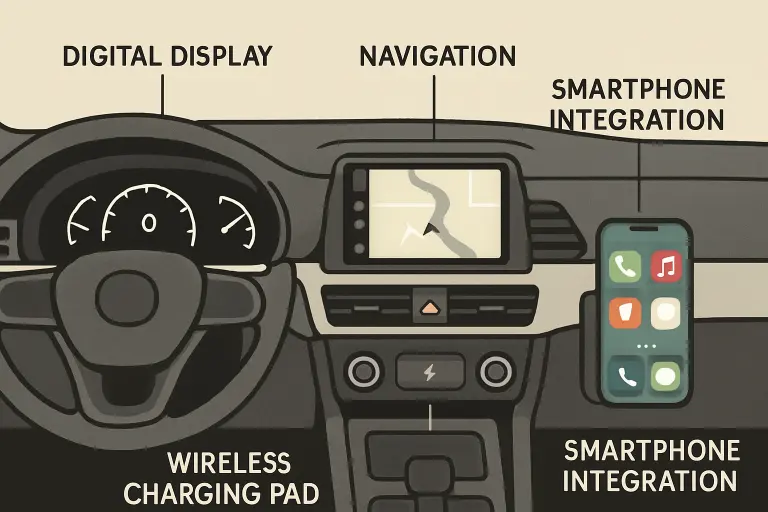

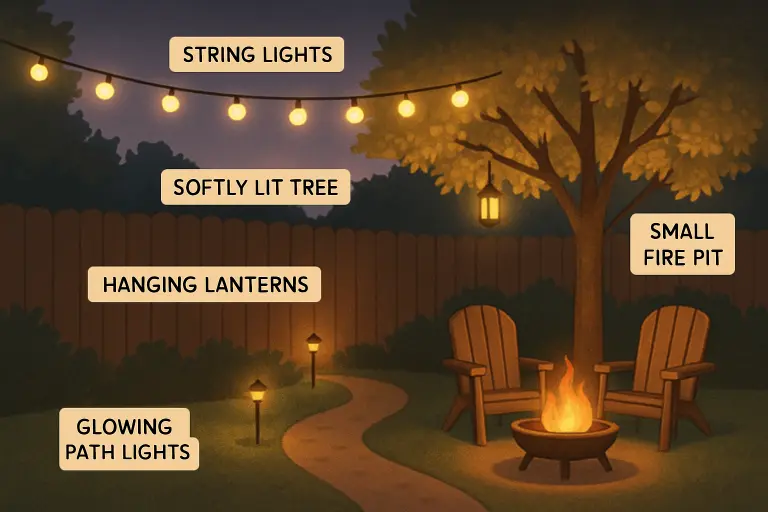
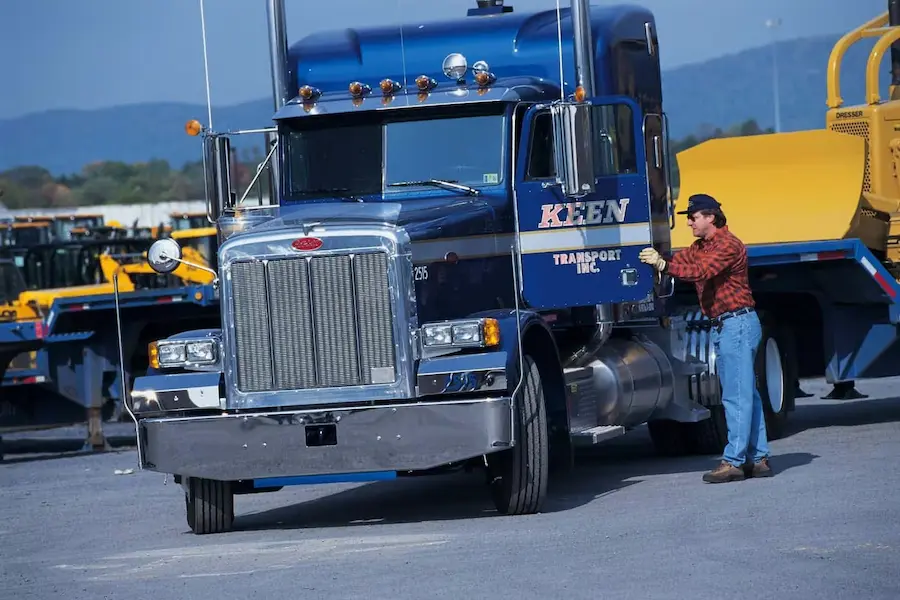









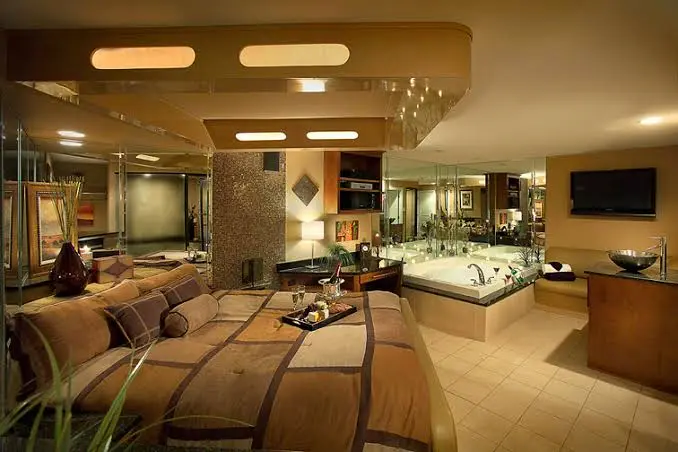
















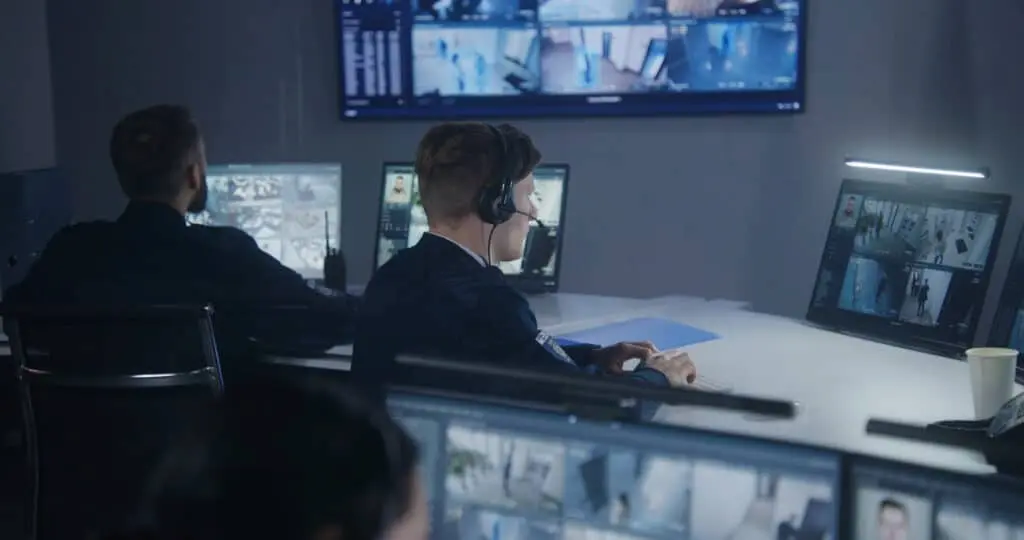
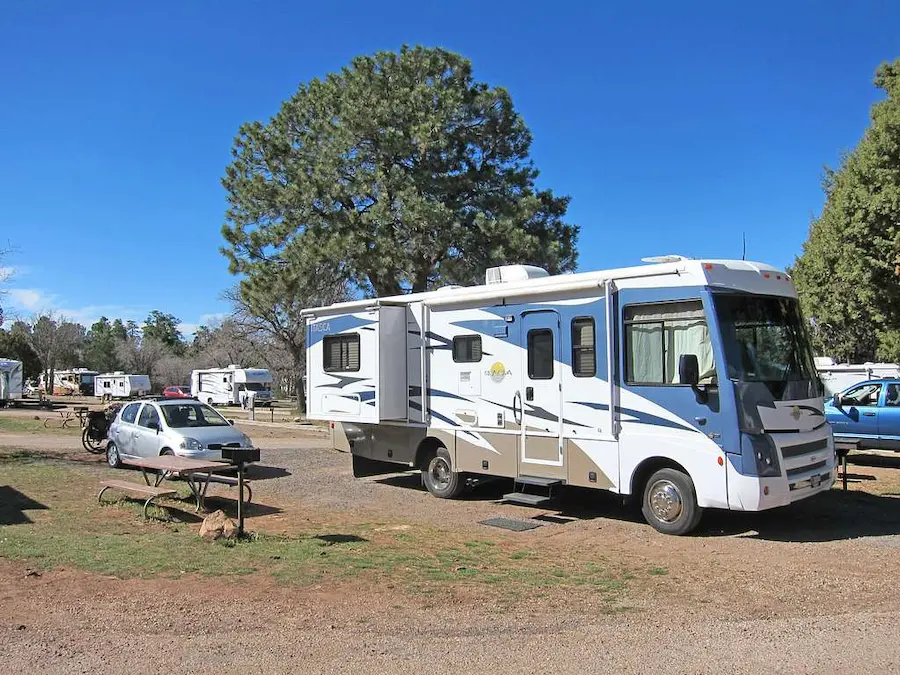










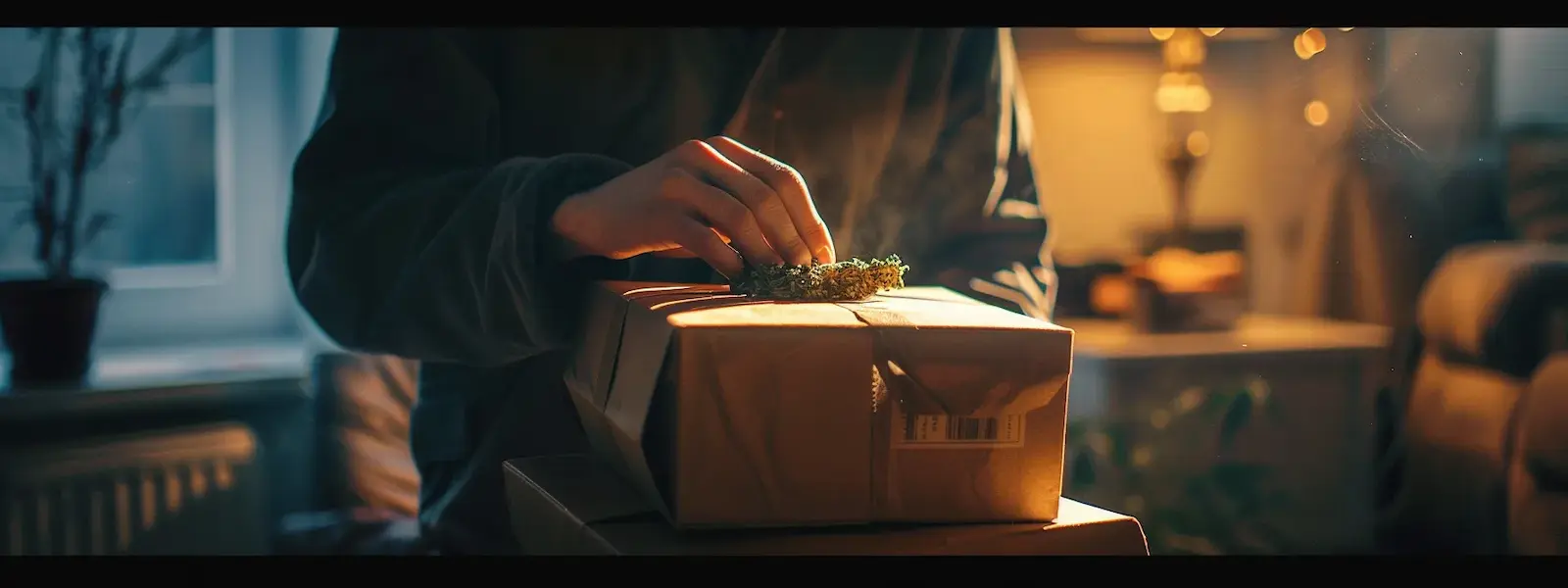


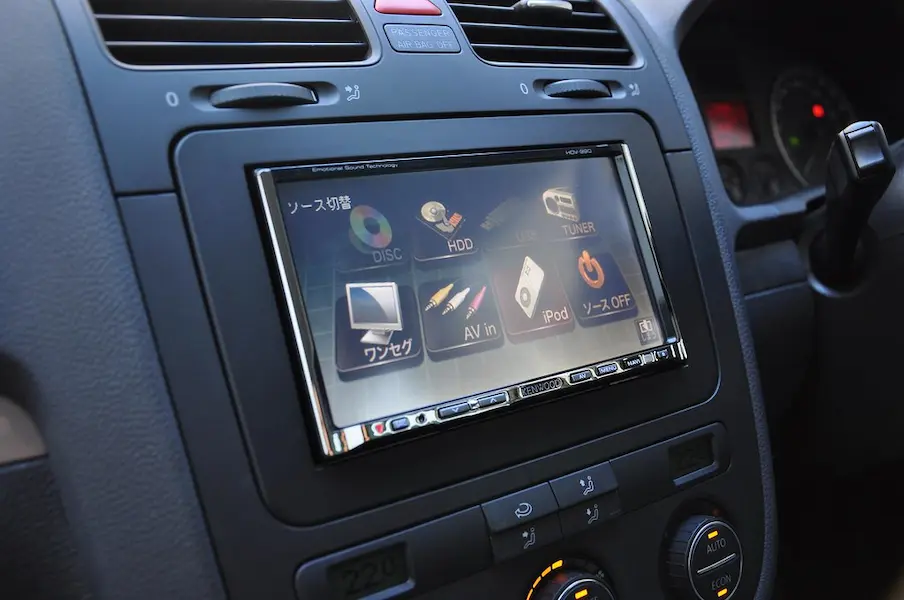


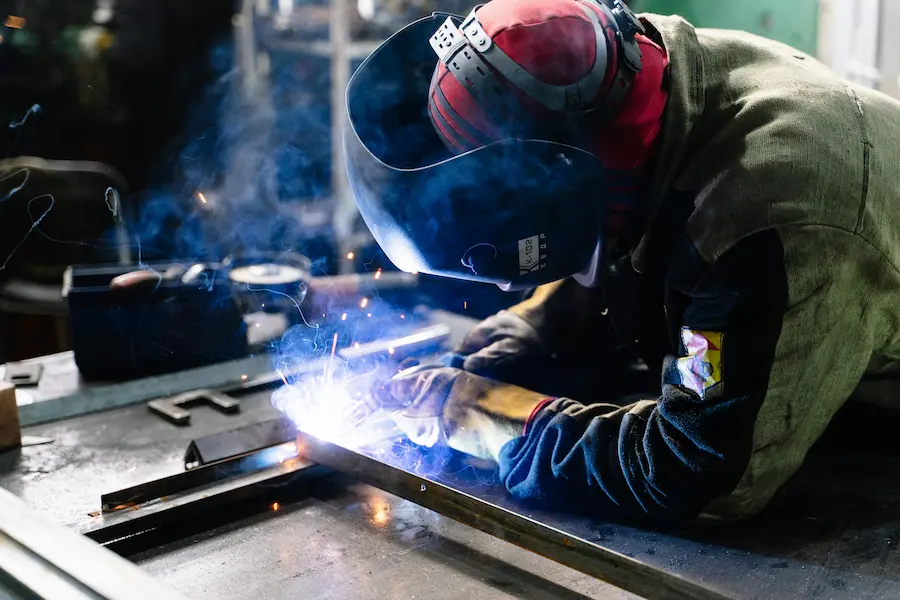

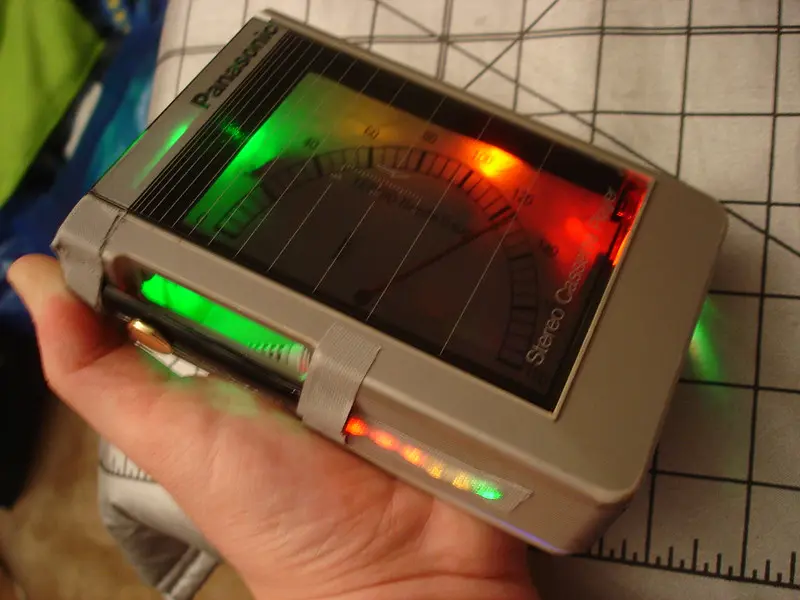


















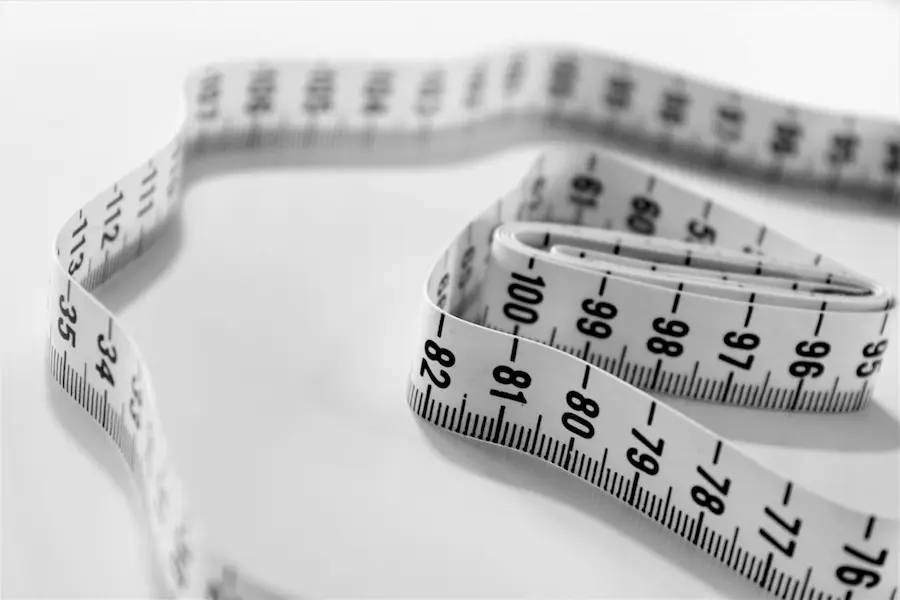
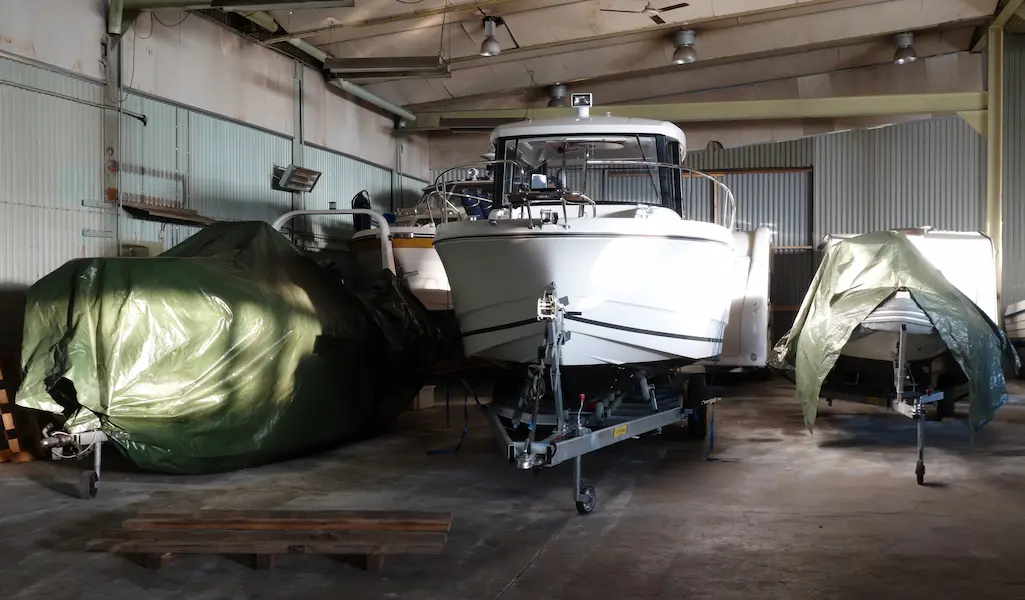




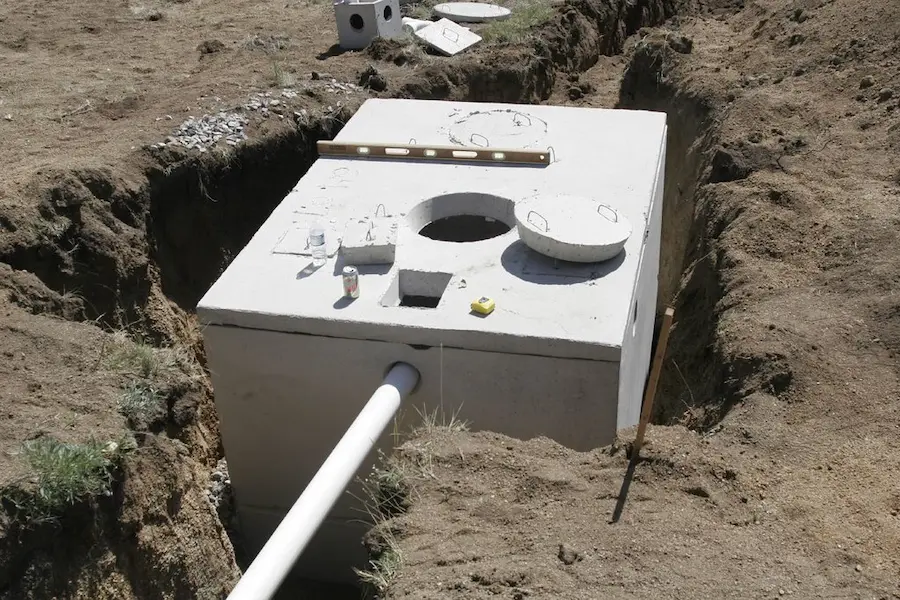



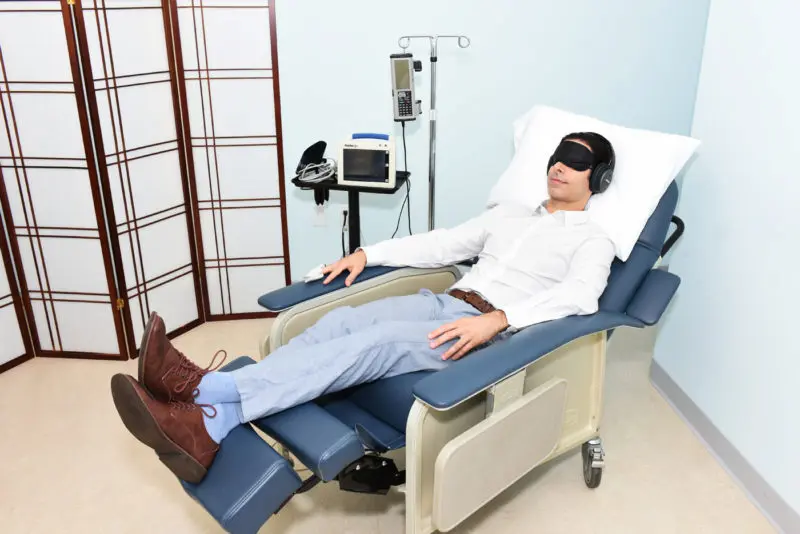
















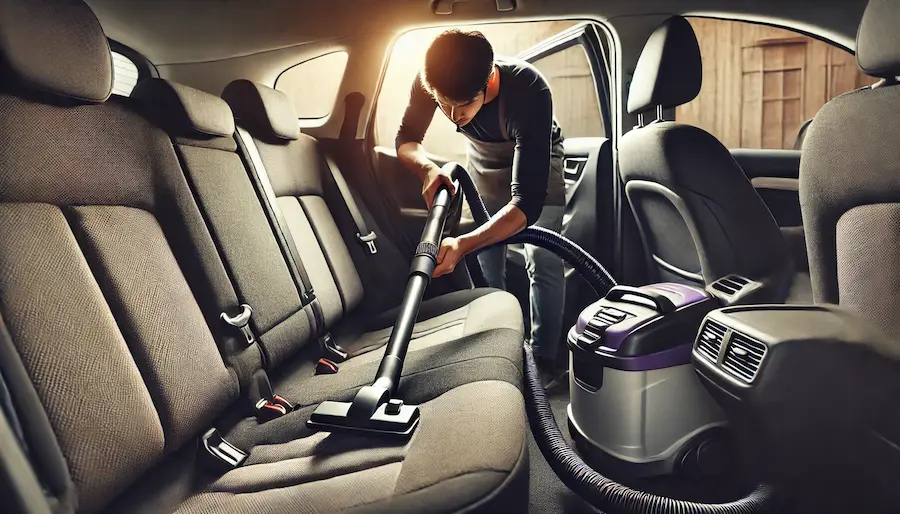

















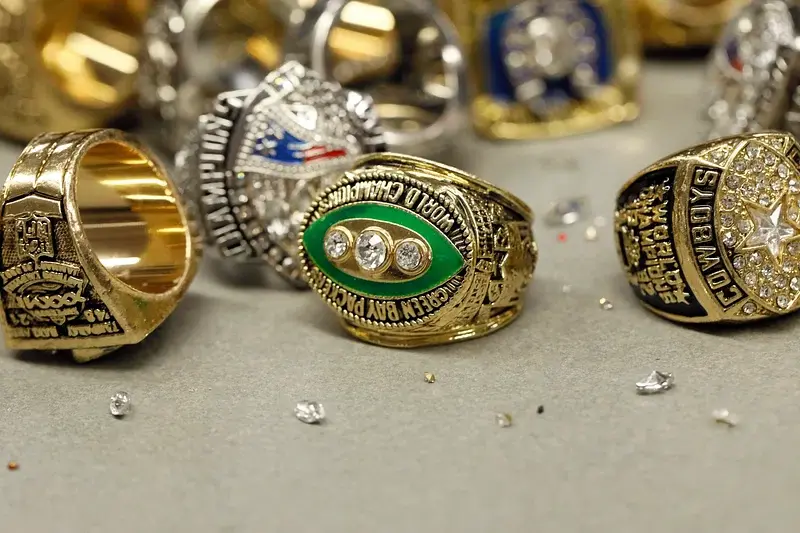






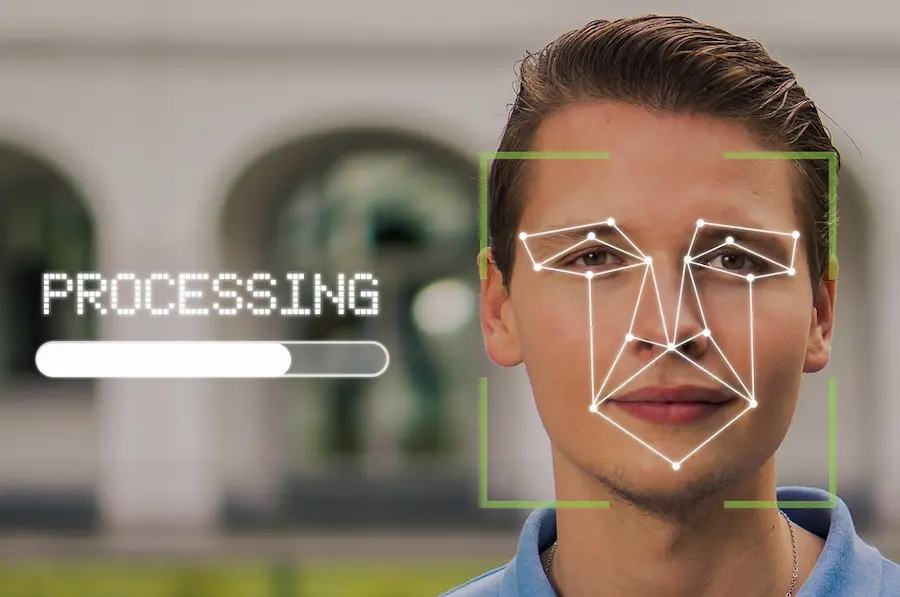



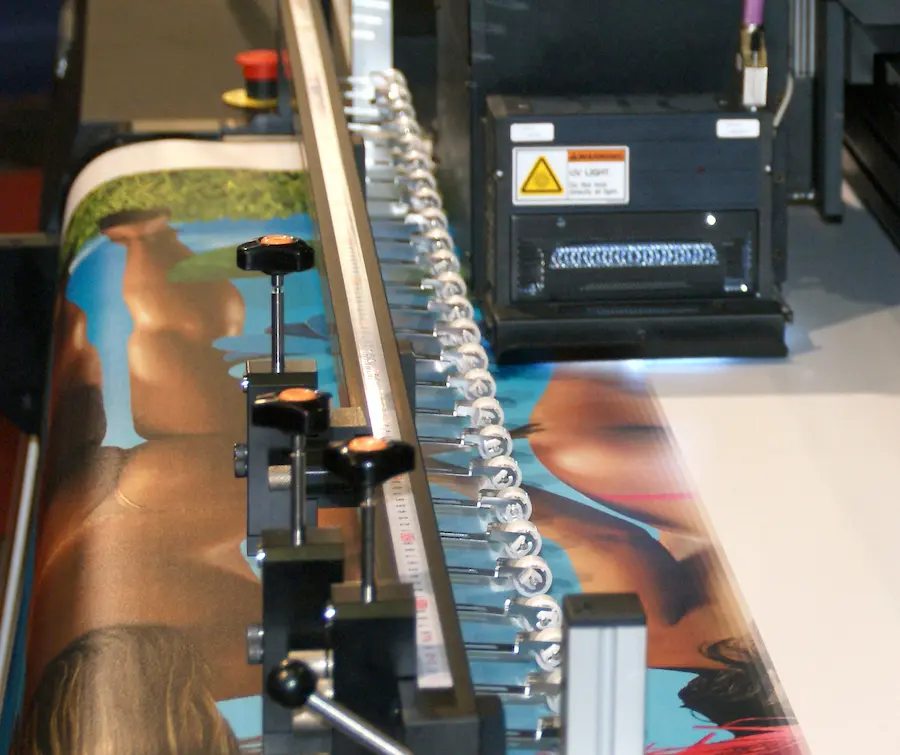

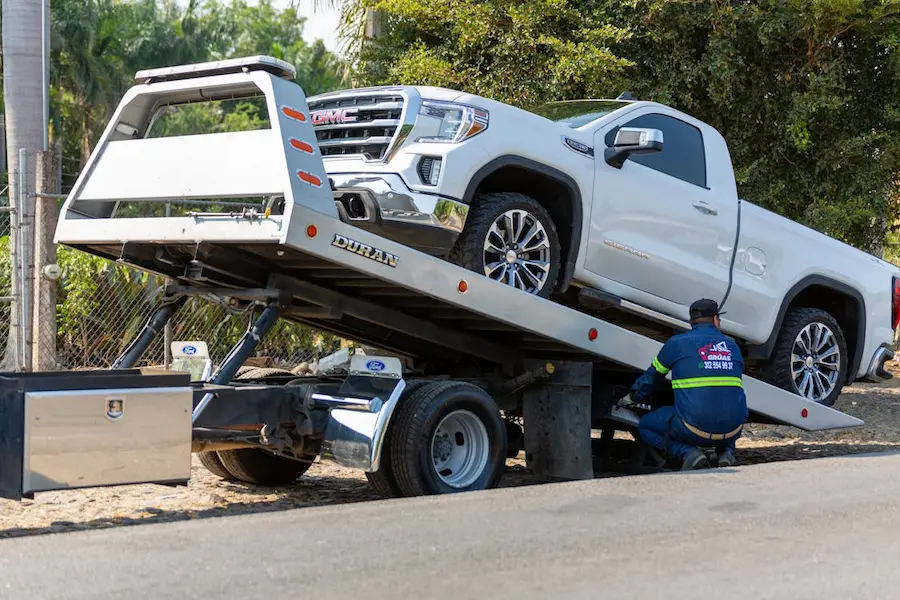
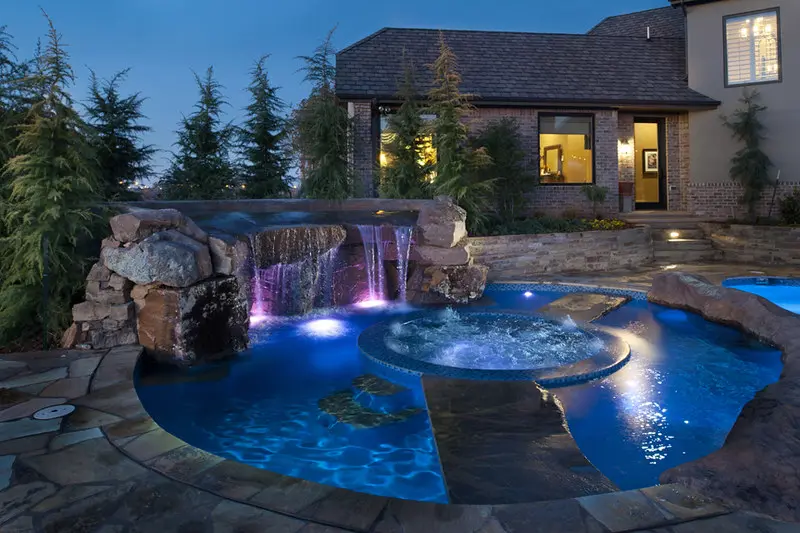


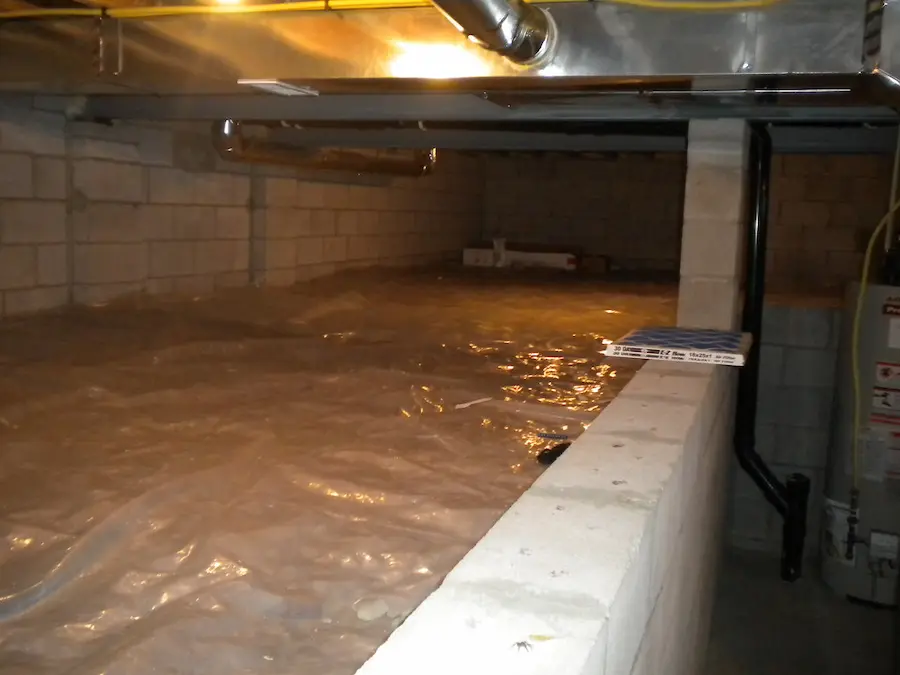




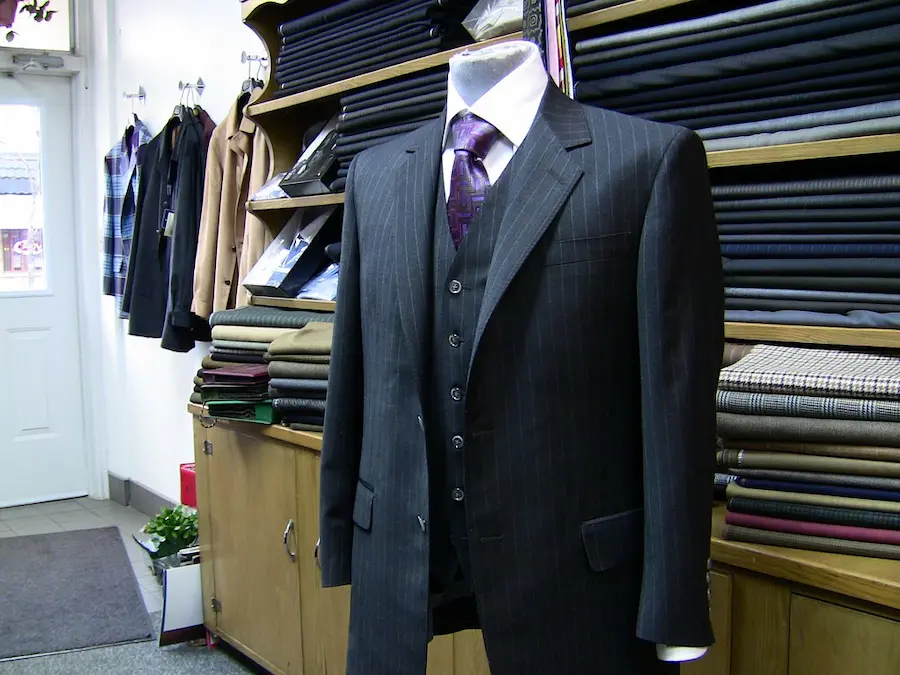







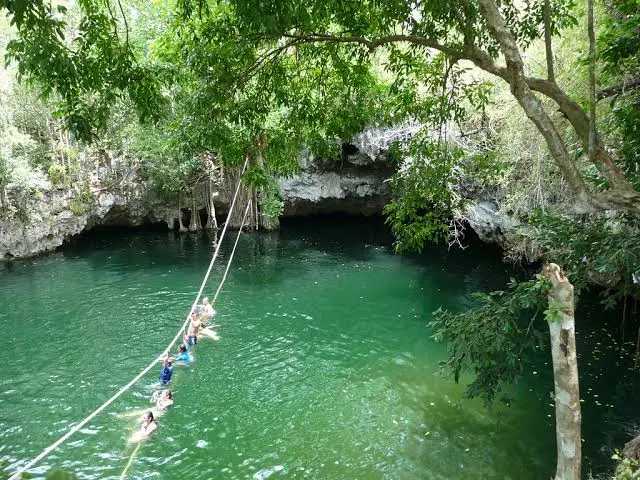



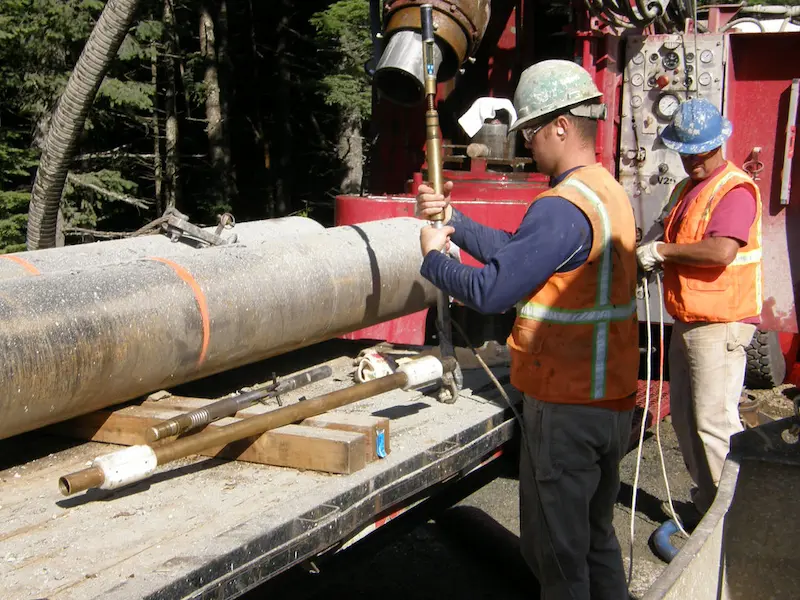


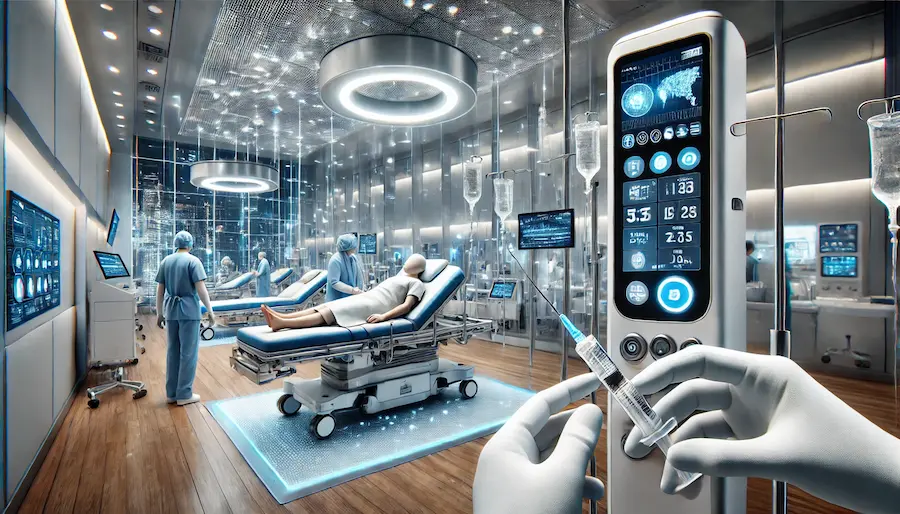









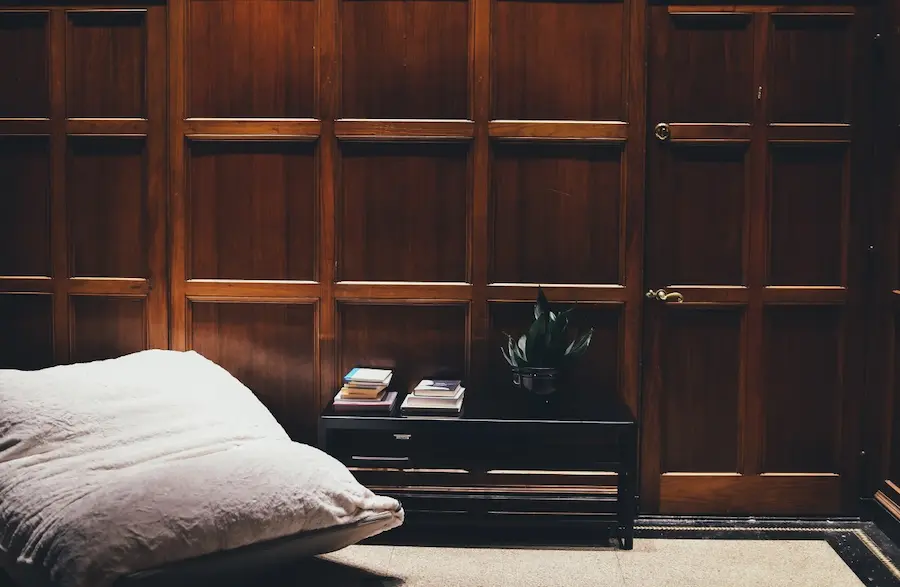






























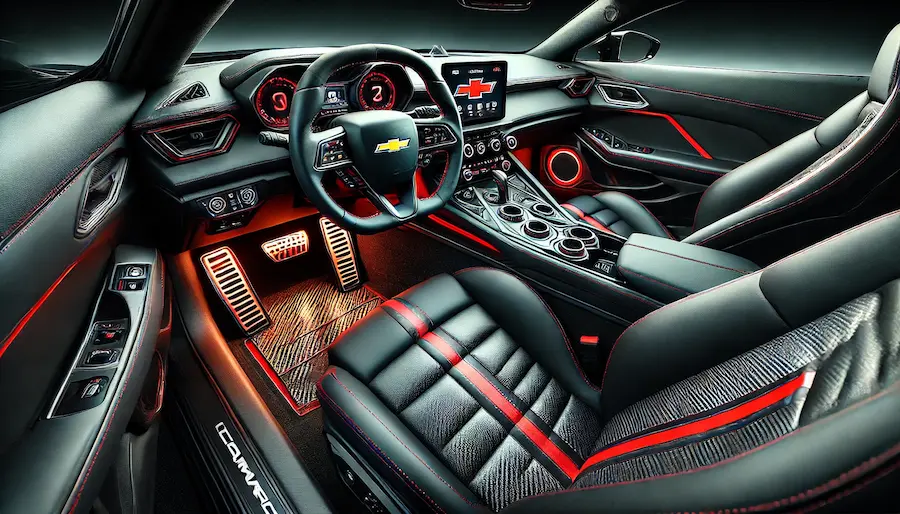










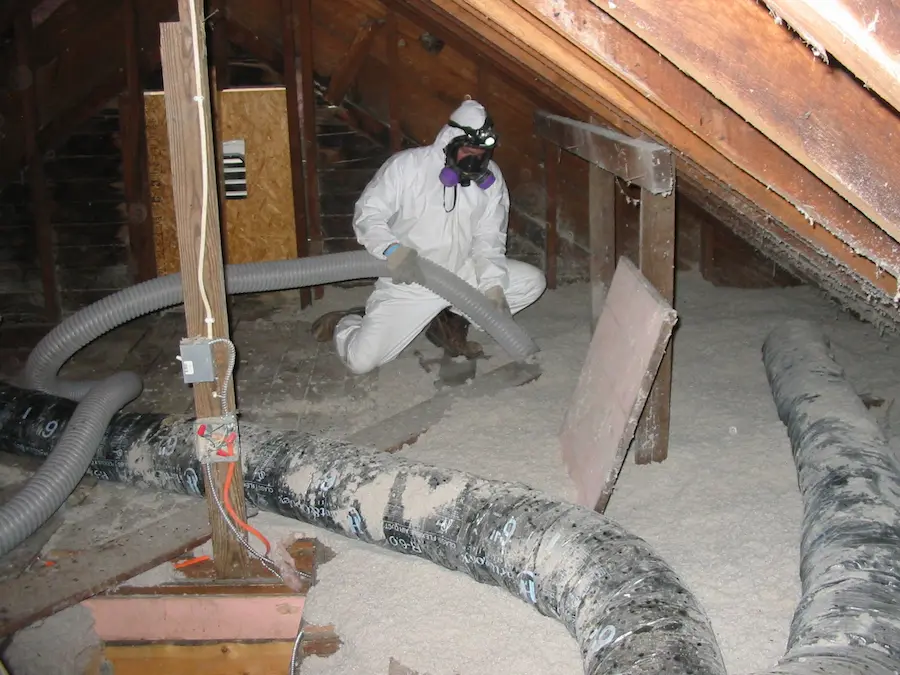






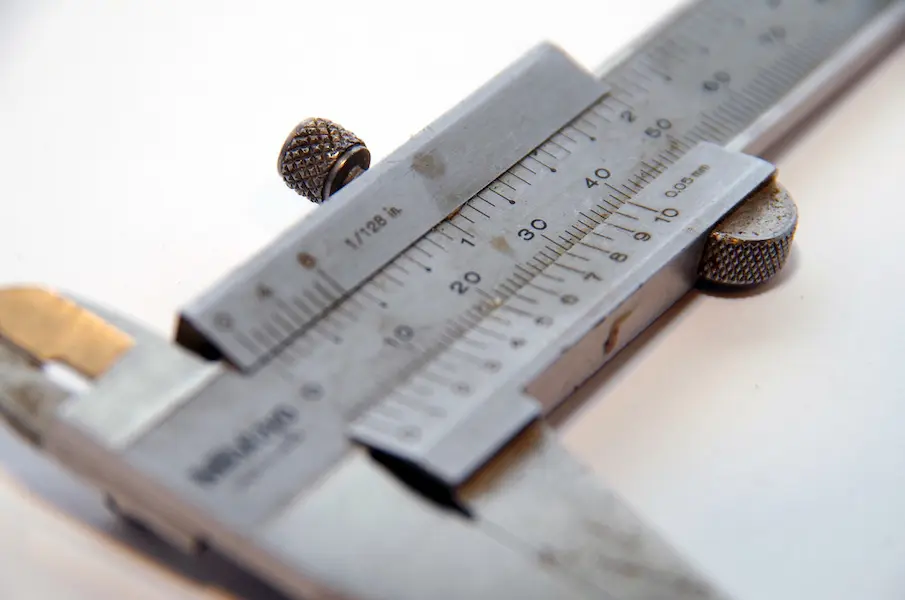

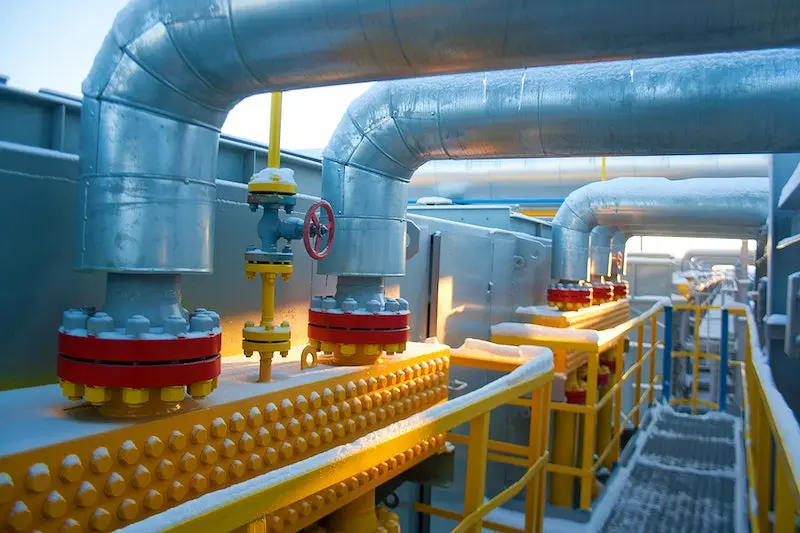



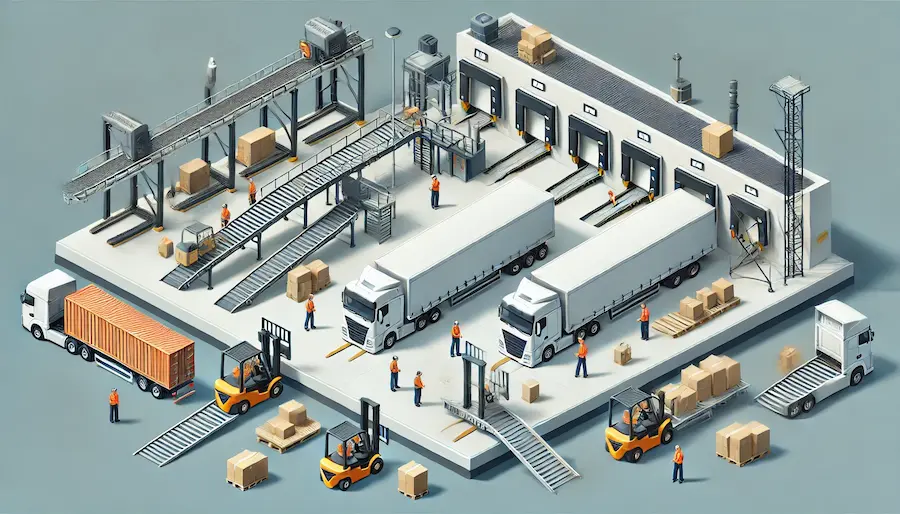




































































































































































































































































































































































































































































































































































































































































































































































































































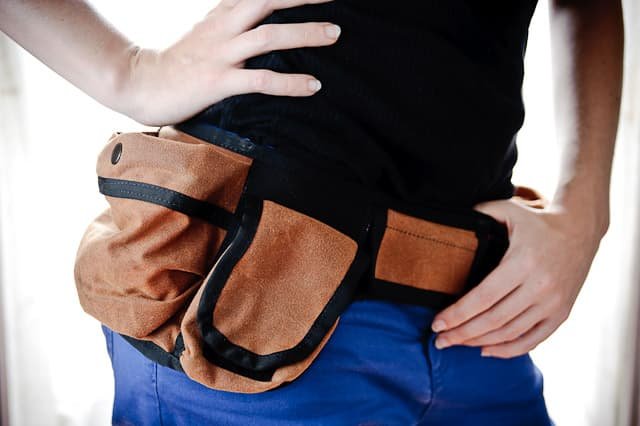
































































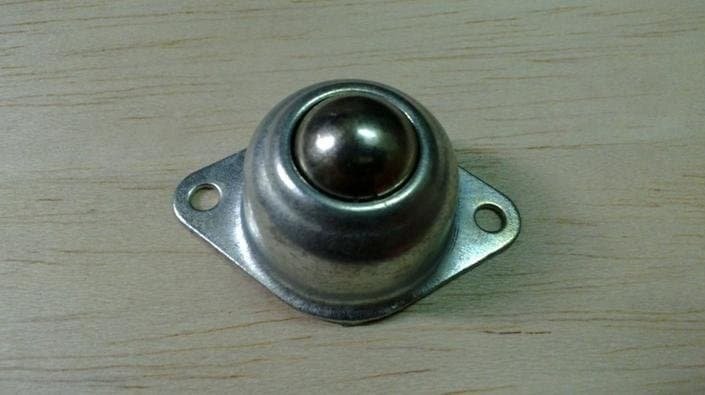

















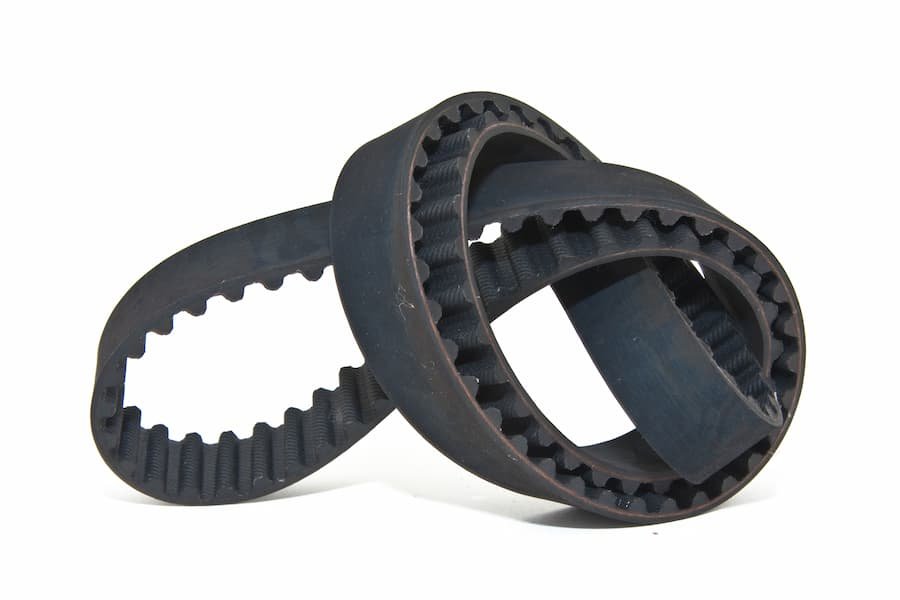












































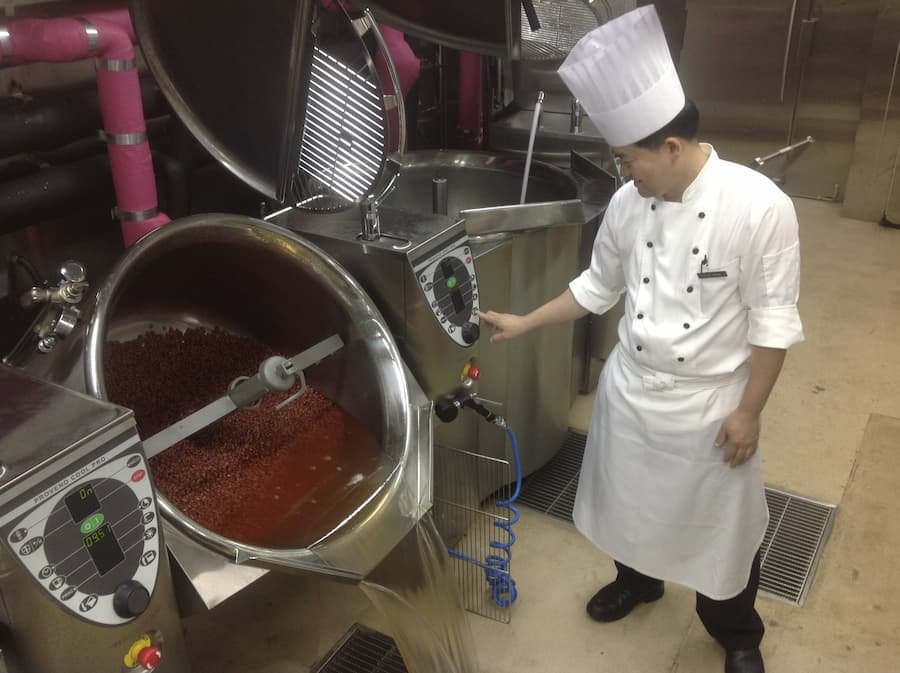




































0